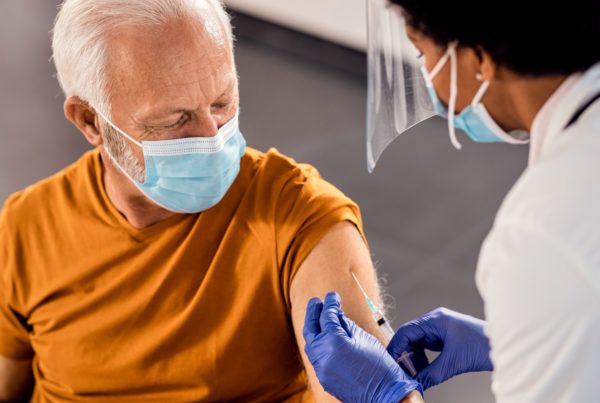
Almost 4% of Canadian men age 50 and up have osteoporosis and approximately one in five men will have an osteoporosis-related fracture. Women are four times more likely to have osteoporosis than men; one in five Canadian women age 50 and up will develop the condition. This disease causes progressive weakening of the bone, which can lead to bone fragility and a higher incidence of fractures especially in the larger joints such as hips and knees. Having osteoporosis may also greatly decrease quality of life by causing chronic pain, disfigurement, low self-esteem, limited mobility and increasing social dependence. Today, Novus will walk you through all the risk factors and best practices to keep your risk of osteoporosis at a minimum.
How often should I get tested?
According to Osteoporosis Canada’s 2010 clinical practice guidelines, screening for osteoporosis and risk for fracture generally begins at age 65 to identify both men and women at high risk. However, if you have had previous fractures, chronic inflammatory conditions, disorders that disrupt nutrition absorption, medical conditions that interfere with bone density or continuously use certain medications, you may be at a higher risk of osteoporosis. In such cases, you should speak to your doctor to determine if early screening is appropriate.
People above the age of 65 face additional risk factors that may make them more likely to develop osteoporosis. If you have had a spinal fracture or osteopenia as identified by radiographic imaging, a fragility fracture above the age of 40, excessive intake of caffeine or alcohol, low dietary calcium intake and/or vitamin D deficiency, or smoke regularly, speak to your doctor regarding the possibility of developing osteoporosis.
How is testing conducted?
The tests administered to detect osteoporosis are called Bone Mineral Density (BMD) tests. These tests measure bone density in an accurate yet painless way. Densitometers are the machines used to perform BMD tests. The most common type of BMD test used to screen for osteoporosis is called dual energy x-ray absorptiometry (DEXA).
During this test you are asked to lie down on a table while a small X-ray detector scans your body. This scan emits a small amount of radiation (in the form of light) which will be measured as it passes through the bone. With this measurement, a radiologist (X-ray specialist) can determine how thick or thin (dense) your bones are.
Your doctor may also perform an assessment for 10-year fracture risk. This assessment classifies individuals as having low, moderate, or high 10-year fracture risk as determined by age, sex, and the BMD test.
Stay Healthy
Osteoporosis can greatly dampen quality of life for those with the condition. As a result, understanding osteoporosis and what you can do to minimize the risks is extremely important. Today’s overview was just a quick look at osteoporosis. For comprehensive information, you’re already in the right place. We wish you the best of health!
Is it time for a check up?
Women aged under 65
Women aged over 65
Men aged under 65
Men aged over 65
Learn more about screening guidelines for women and men.
For more insight, check out these health articles.



